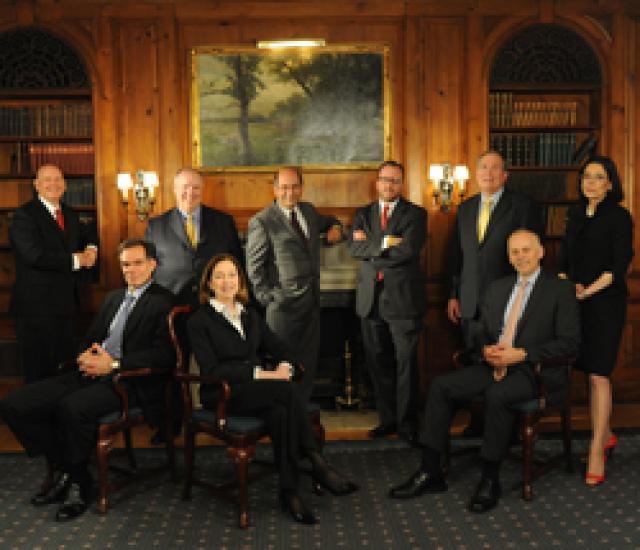
How Do The Best Investors Manage Portfolios In Challenging Times?
Nine leading pension, endowment and foundation investors — each of whom had been recognized for investment excellence at Institutional Investor’s annual U.S. Investment Management Awards — sat down recently to share their most challenging investment questions. The answers might surprise you.
Michael Peltz
Frances Denmark
August 3, 2011


